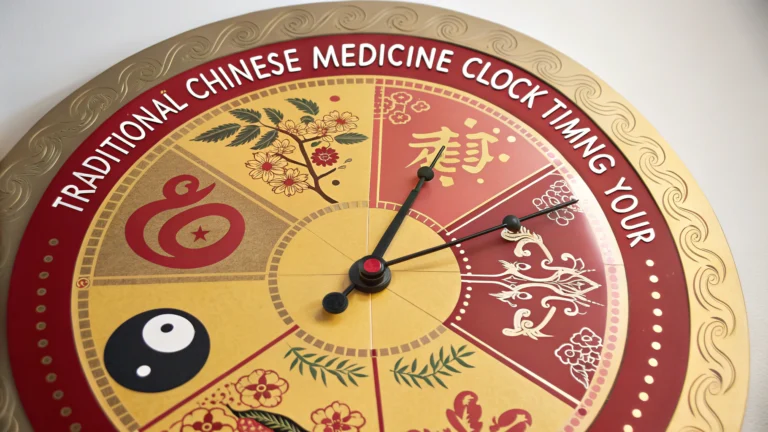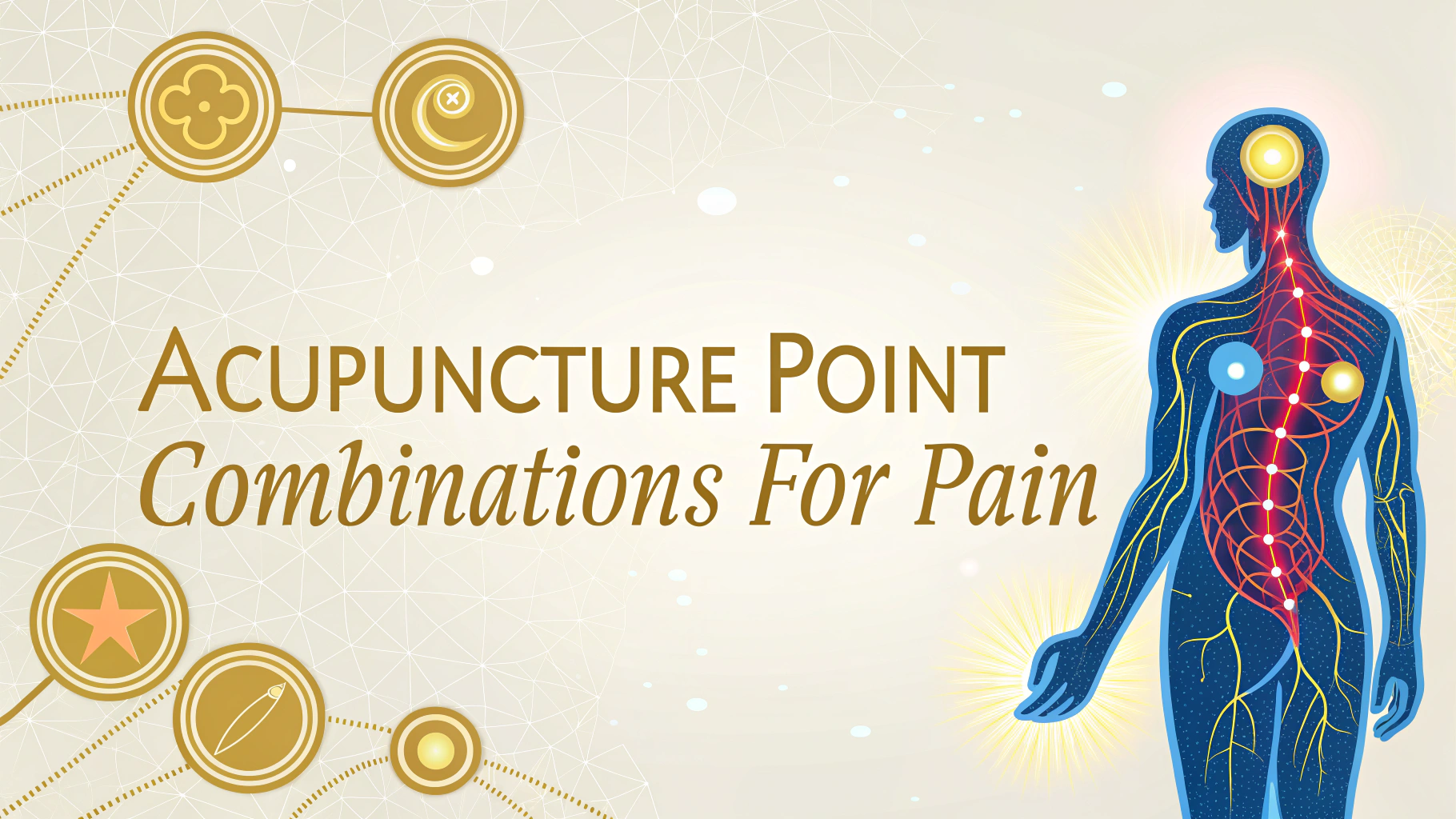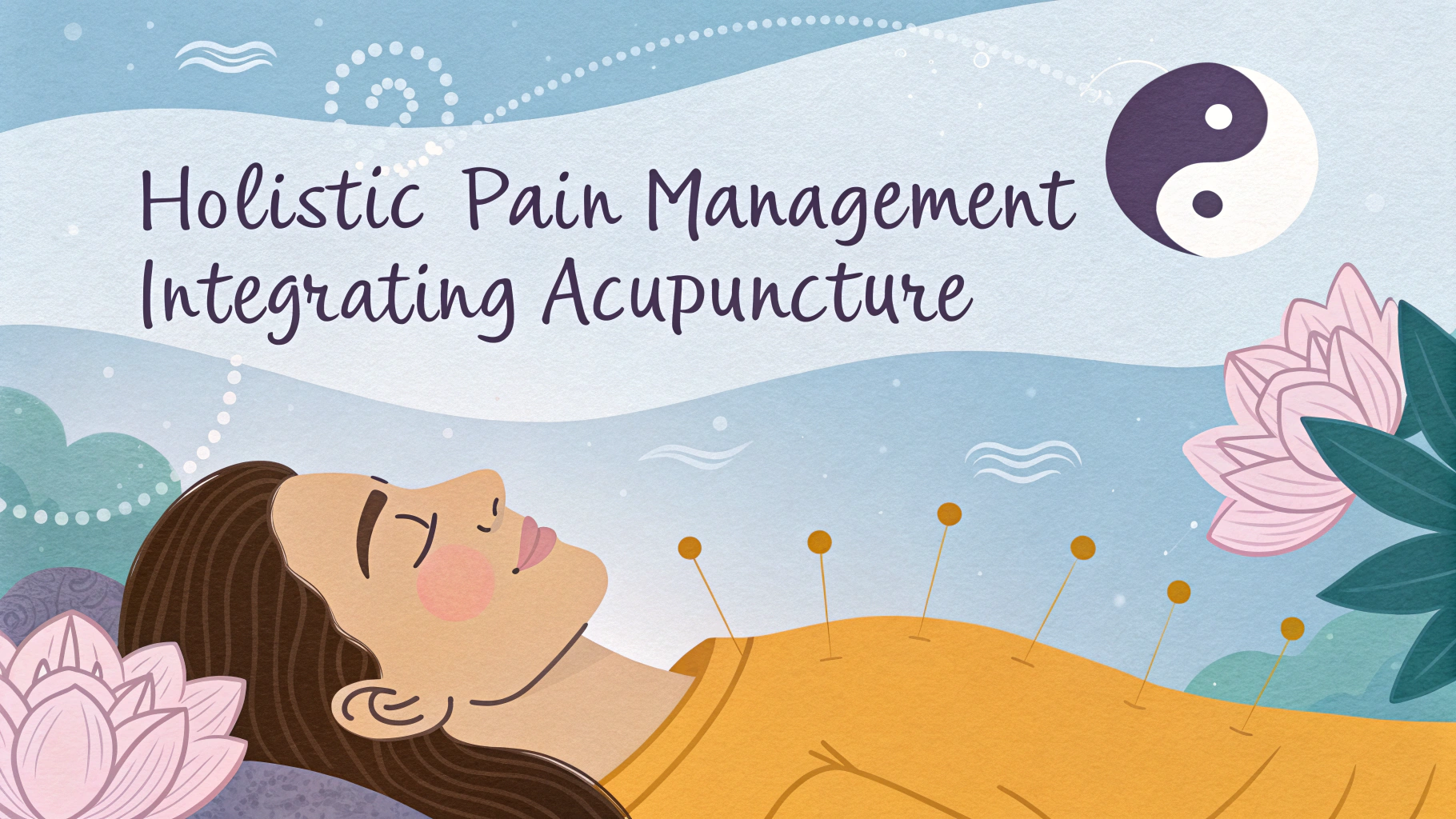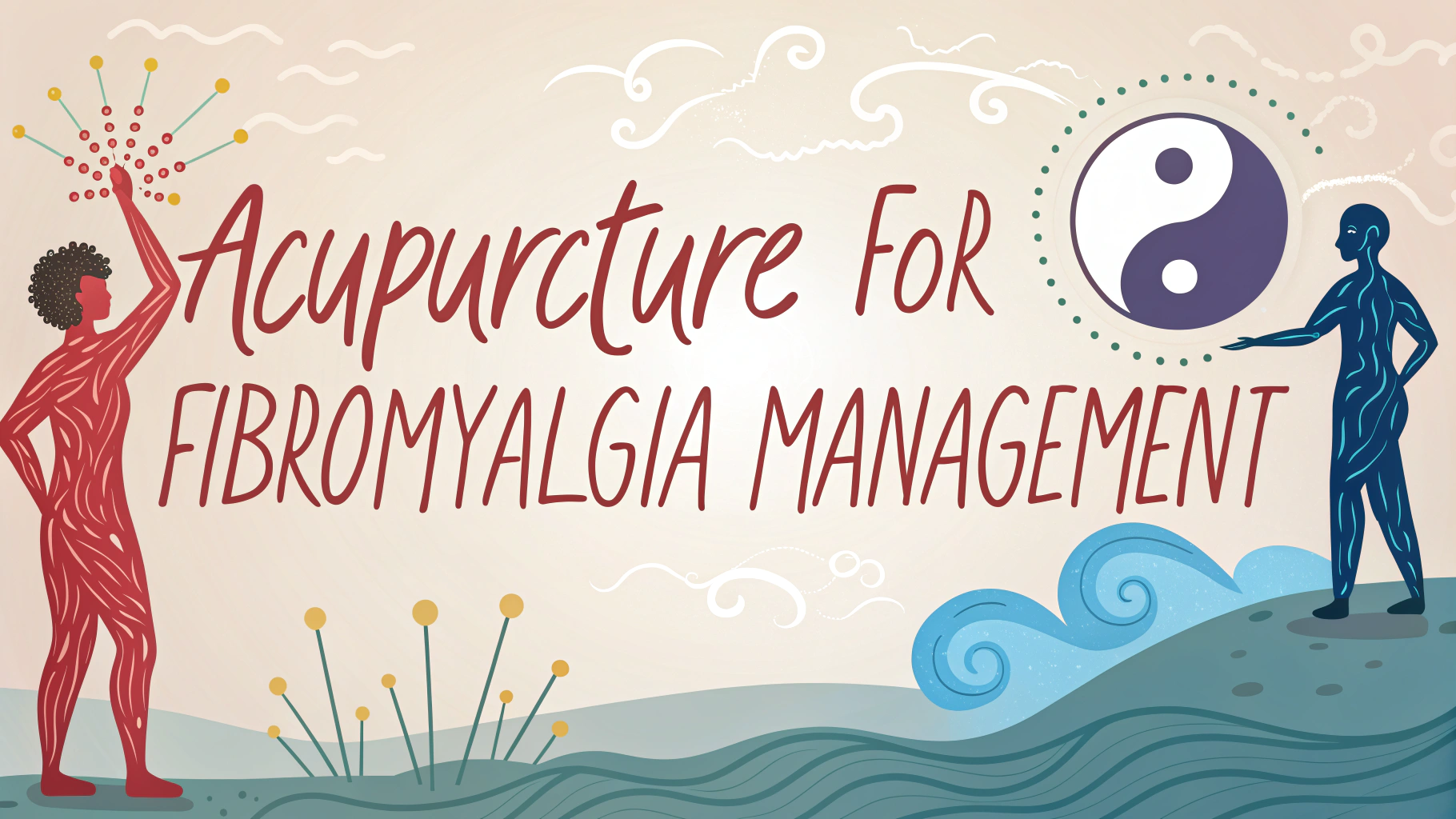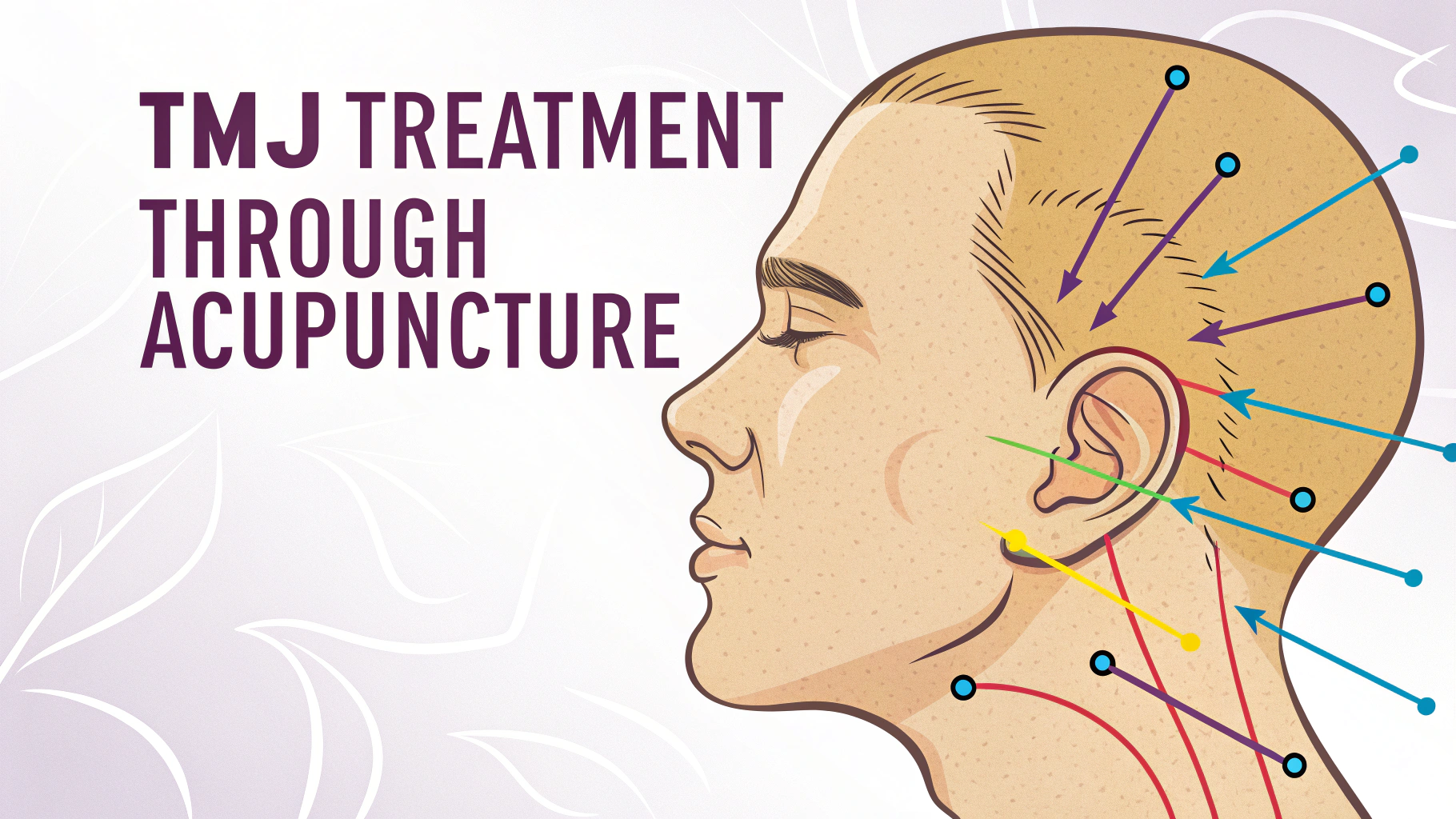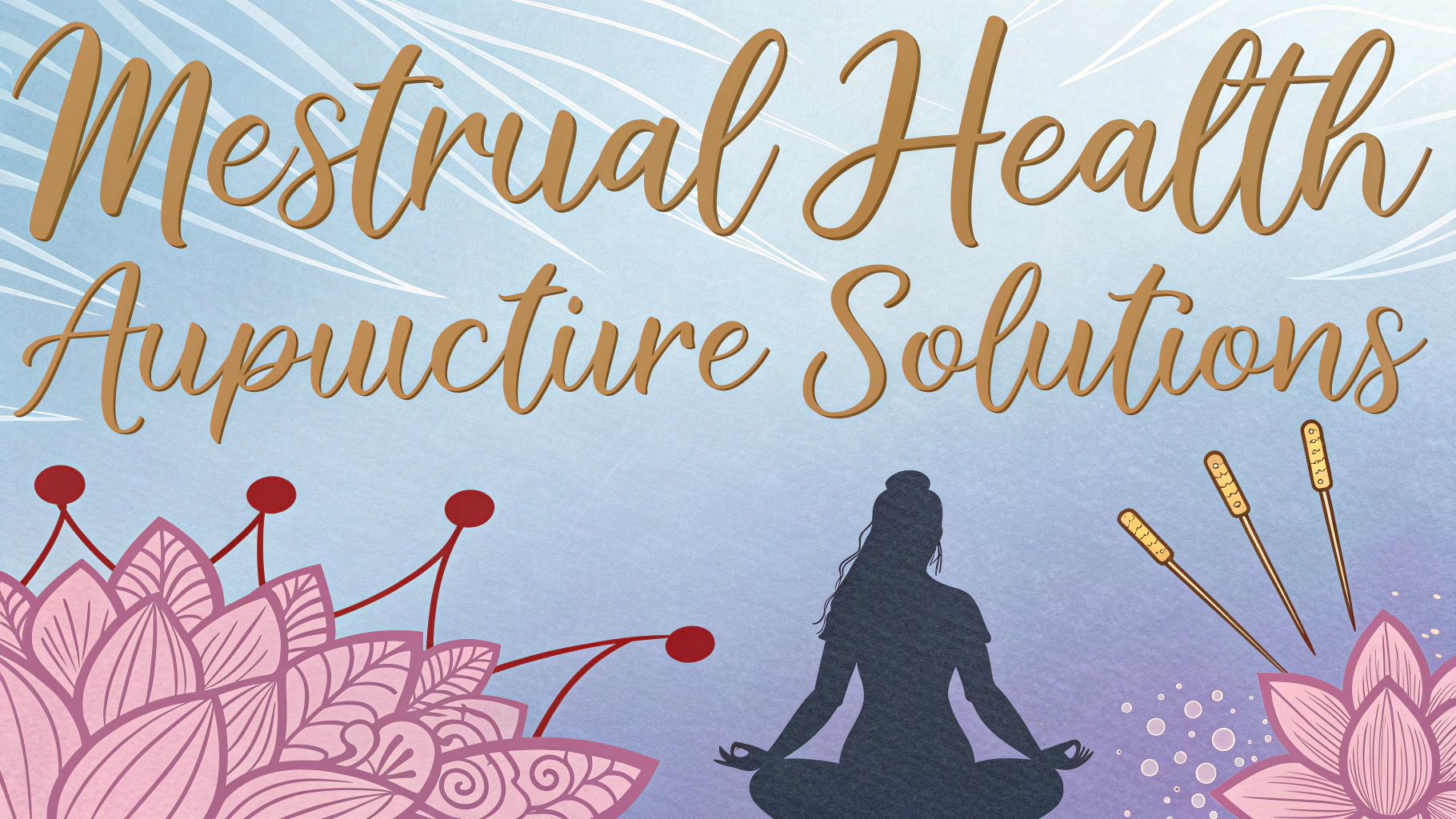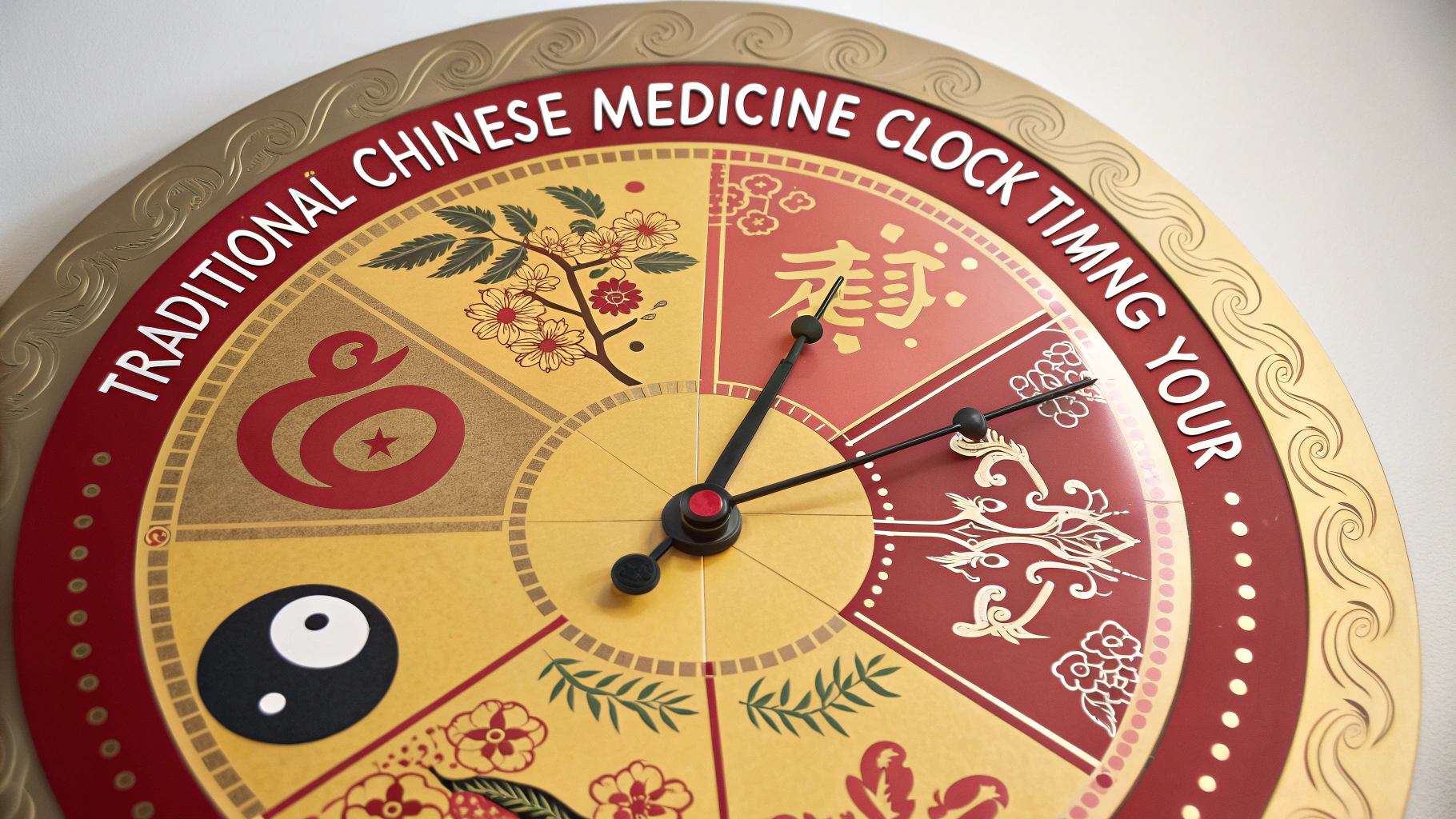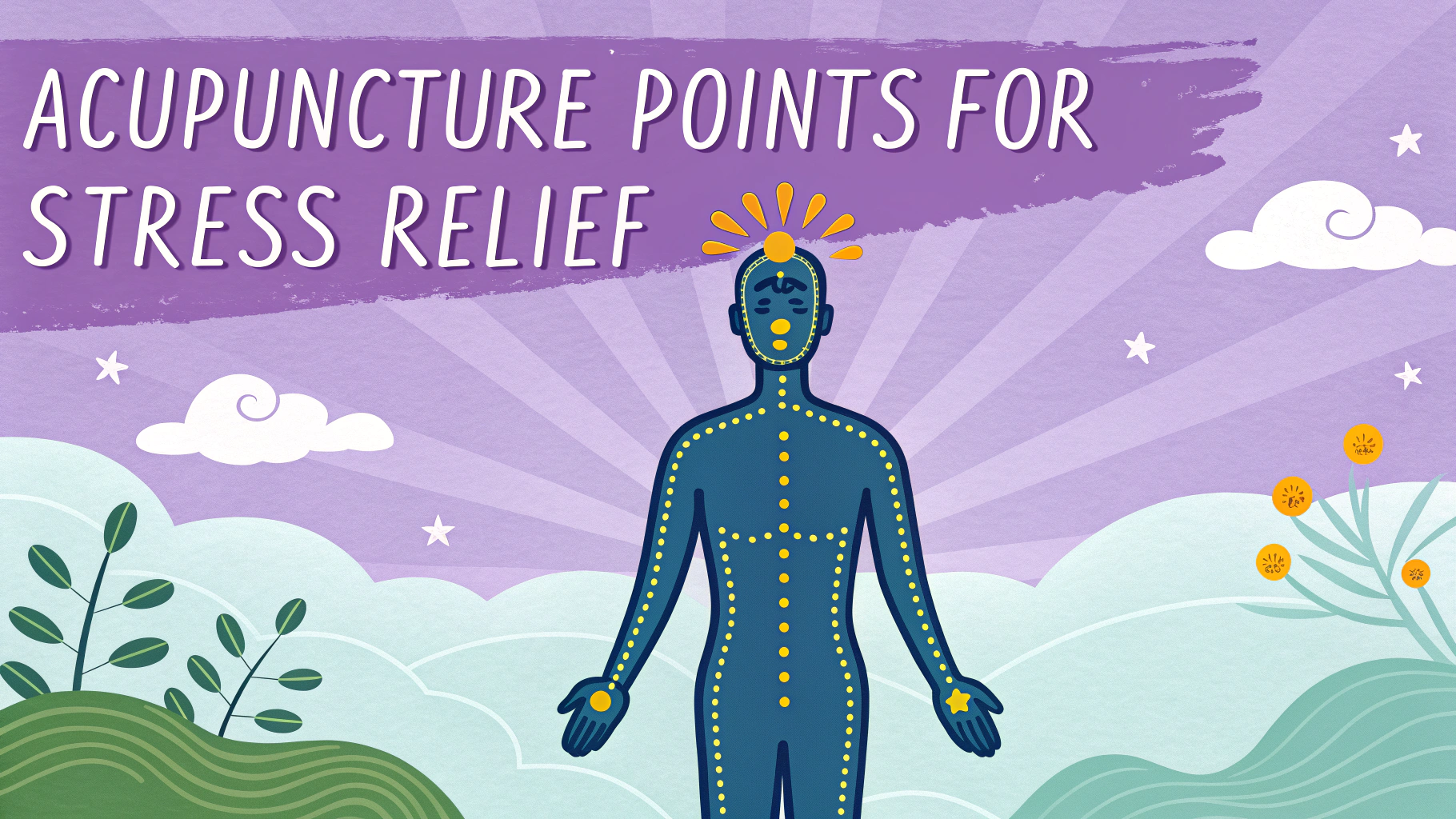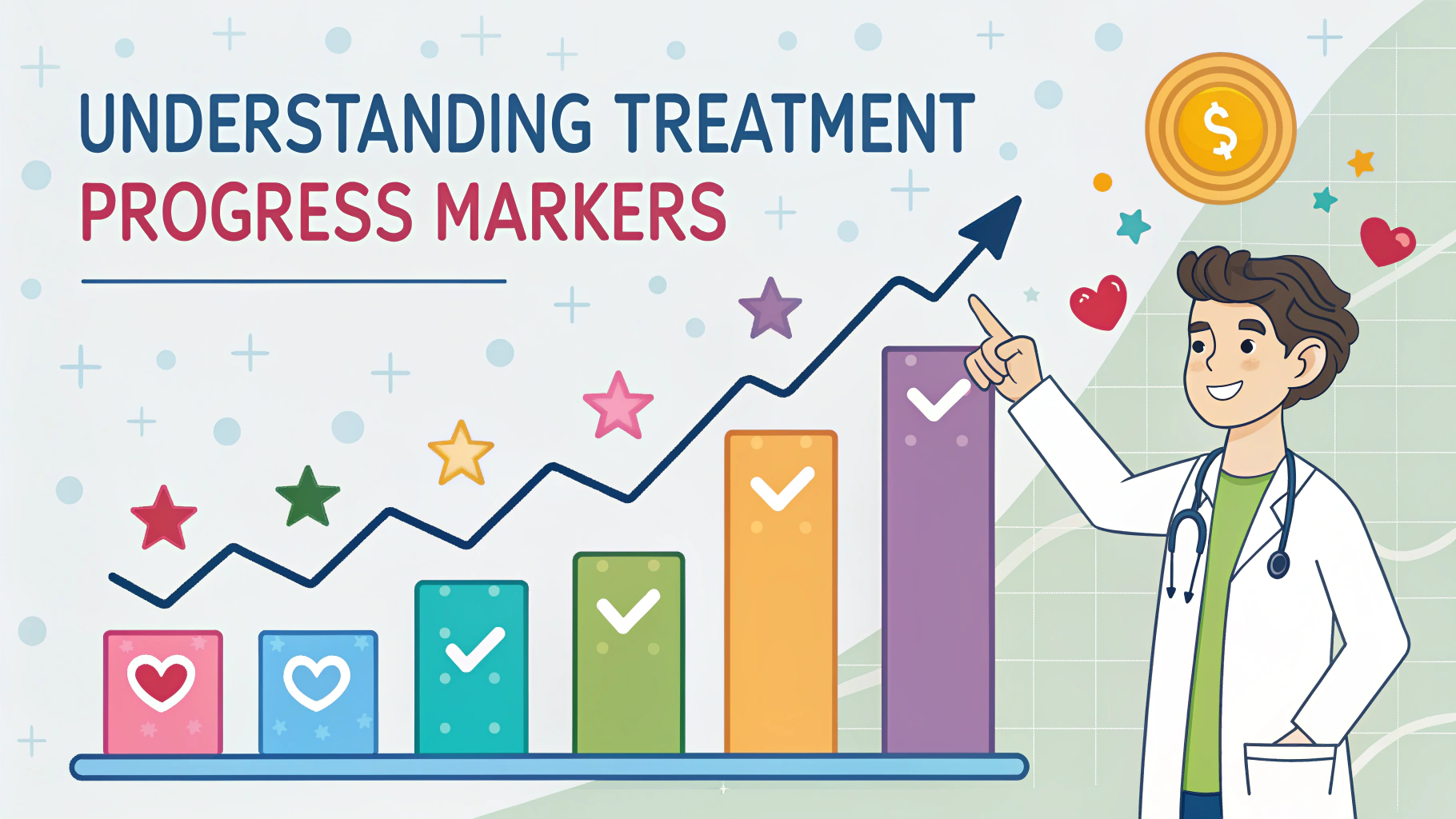Pediatric acupuncture requires specialized techniques and understanding to effectively treat children while ensuring their comfort and safety.
Children respond differently to acupuncture than adults, often requiring gentler approaches and modified treatment protocols that account for their developing bodies and energy systems.
This guide explores age-appropriate acupuncture methods, safety considerations, and treatment strategies for pediatric patients.
Age-Specific Treatment Approaches
- Infants (0-12 months): Non-insertive techniques like Shonishin
- Toddlers (1-3 years): Quick needle insertion with immediate removal
- Preschool (3-5 years): Short retention times (1-5 minutes)
- School-age (6-12 years): Gradually increased retention times
- Teens (13+): Adult-like protocols with modifications
Common Pediatric Conditions Treated
- Allergies and asthma
- Digestive issues
- Sleep problems
- Anxiety and emotional concerns
- Attention difficulties
- Immune system support
Special Techniques for Children
Shonishin, a Japanese pediatric technique, uses special tools to stimulate acupoints without needle insertion.
Laser acupuncture provides a completely needle-free option for sensitive children.
Magnets and press seeds offer gentle, continuous stimulation between treatments.
Treatment Duration Guidelines
| Age Group | Session Length | Recommended Frequency |
|---|---|---|
| 0-3 years | 5-10 minutes | 1-2x weekly |
| 4-7 years | 10-15 minutes | 1-2x weekly |
| 8-12 years | 15-20 minutes | Weekly |
| 13+ years | 20-30 minutes | Weekly |
Safety Considerations
- Use thinner needles (0.12-0.16mm)
- Shorter insertion depth
- Clean environment and sterile techniques
- Parent presence during treatment
- Clear communication with both child and parent
Preparing Children for Treatment
Schedule appointments during the child’s best time of day.
Create a welcoming, child-friendly environment with toys and books.
Explain procedures using age-appropriate language and demonstrations.
Finding a Qualified Pediatric Acupuncturist
Look for practitioners with specific pediatric acupuncture training and certification.
Contact the American Academy of Medical Acupuncture (medicalacupuncture.org) for referrals.
Schedule a consultation before beginning treatment to ensure comfort with the practitioner.
Next Steps for Parents
Document your child’s symptoms and health history before the first appointment.
Discuss treatment goals and expectations with the practitioner.
Monitor and record your child’s response to treatments for optimal results.
Treatment Plan Development
Each child requires an individualized treatment plan based on their specific condition, age, and comfort level with acupuncture.
- Initial assessment of symptoms and health history
- Gradual introduction to treatments
- Regular progress evaluations
- Adjustments based on response
Integrating Other Therapies
Pediatric acupuncture often works best as part of a comprehensive treatment approach.
- Chinese herbal medicine
- Dietary modifications
- Therapeutic massage
- Movement exercises
- Breathing techniques
Managing Treatment Expectations
Timeline for Results
- Acute conditions: 4-6 treatments
- Chronic conditions: 8-12 treatments
- Maintenance: Monthly visits
Progress Indicators
- Improved sleep patterns
- Better appetite
- Increased energy
- Reduced symptoms
Supporting Your Child’s Healing Journey
Successful pediatric acupuncture treatment requires a supportive partnership between practitioners, parents, and children. Regular communication, consistent attendance, and following recommended lifestyle modifications optimize treatment outcomes.
Consider keeping a treatment diary to track progress and discuss observations with your practitioner. This collaborative approach ensures the most effective and appropriate care for your child’s unique needs.
Remember that children often respond more quickly to acupuncture than adults, and maintaining a positive, encouraging atmosphere during treatment sessions helps establish a foundation for lifelong wellness.
FAQs
- What age can children start receiving pediatric acupuncture?
Children can receive acupuncture treatments from birth onwards, though techniques and approaches differ significantly from adult treatments. Many practitioners begin treating infants as young as a few days old using gentle, non-invasive techniques. - How does pediatric acupuncture differ from adult treatments?
Pediatric acupuncture uses smaller, thinner needles, shorter needle retention times (often just a few seconds), and gentler stimulation. Many practitioners also incorporate non-needle techniques like Shonishin, acupressure, and laser acupuncture. - Is pediatric acupuncture painful for children?
Pediatric acupuncture is generally painless when performed by a qualified practitioner. Special techniques and tools are used to ensure minimal discomfort, and treatments are much gentler than adult sessions. - What conditions can pediatric acupuncture treat?
Pediatric acupuncture can help with colic, digestive issues, allergies, asthma, sleep problems, anxiety, ADHD, developmental delays, chronic pain, and immune system support. - How long does a pediatric acupuncture session last?
Sessions typically last 15-30 minutes, significantly shorter than adult treatments. The actual needle retention time may be just a few seconds to minutes, depending on the child’s age and condition. - What is Shonishin and how is it used in pediatric acupuncture?
Shonishin is a specialized Japanese acupuncture technique for children that uses non-insertive tools to stroke, tap, and press along meridian lines. It’s particularly suitable for infants and young children who may be needle-sensitive. - How often should children receive acupuncture treatments?
Treatment frequency varies based on the condition and age but typically ranges from once a week to once a month. Acute conditions might require more frequent visits initially, while maintenance treatments can be spaced further apart. - What qualifications should I look for in a pediatric acupuncturist?
Look for licensed acupuncturists with specific training in pediatric acupuncture or a pediatric specialty certification. They should have experience treating children and be able to demonstrate age-appropriate techniques. - Are there any side effects or risks with pediatric acupuncture?
When performed by qualified practitioners, pediatric acupuncture has minimal risks. Minor bruising or temporary soreness at needle sites may occur but is rare. Serious adverse effects are extremely uncommon. - How should I prepare my child for an acupuncture session?
Explain the process in age-appropriate terms, ensure they’ve eaten a light meal, and bring familiar comfort items. Choose a time when they’re usually well-rested and calm.
